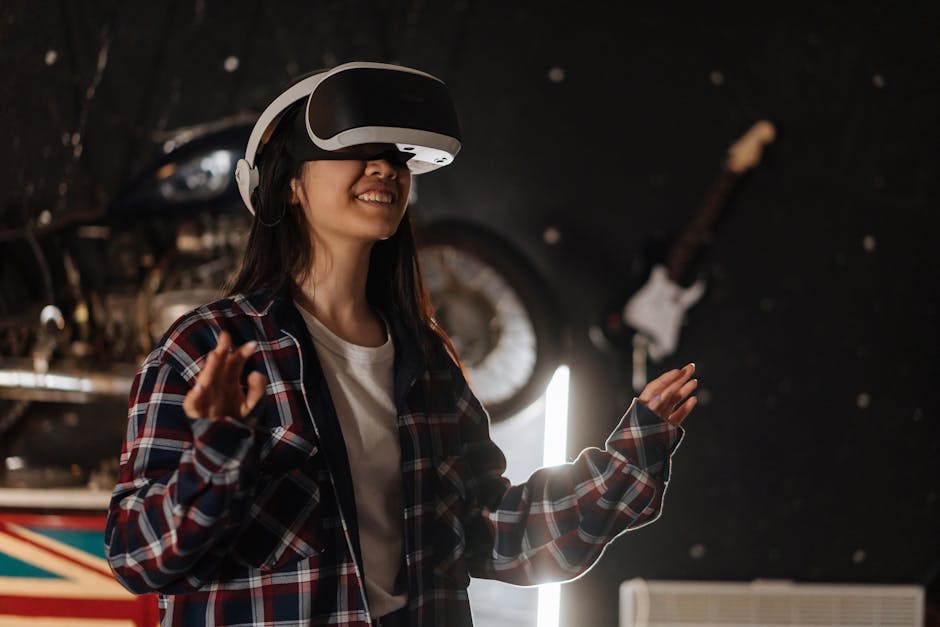
Transforming Education Through VR
Transforming Education Through VR
Virtual reality (VR) technology is revolutionizing the education industry and transforming the learning experience for students. With the power of immersive virtual environments, students can now explore subjects, concepts, and historical events like never before.
One of the key benefits of using VR in education is its ability to create a sense of presence and engagement. Students can be transported to different times and places, allowing them to experience firsthand what they are learning about. For example, instead of just reading about ancient Rome, students can step into a virtual recreation of the Colosseum and witness gladiator fights.
VR also offers opportunities for interactive learning. Students can participate in virtual simulations and experiments, enhancing their understanding of complex scientific concepts or practicing real-life skills in a safe and controlled environment. Whether it's dissecting a virtual frog or conducting chemistry experiments, VR provides a level of interactivity that goes beyond traditional classroom methods.
Furthermore, VR enables personalized learning experiences. Students can learn at their own pace and explore topics based on their interests. They can delve deeper into specific areas, access additional resources, and receive immediate feedback. This level of customization promotes active learning and helps students develop critical thinking, problem-solving, and decision-making skills.
Incorporating VR into education also addresses the issue of accessibility. Not all students have equal access to resources and opportunities. VR can bridge this gap by providing virtual field trips to museums, historical sites, and places that would otherwise be out of reach. Students from remote areas or those with physical disabilities can still have immersive learning experiences, broadening their horizons and expanding their knowledge.
As VR technology continues to advance, the possibilities for transforming education are endless. Systems can be developed to cater to different subjects and age groups, making learning more engaging and effective. However, it's important to note that VR should not replace traditional teaching methods entirely but should be used as a complementary tool to enhance learning.
In conclusion, VR has the potential to transform education by offering immersive, interactive, personalized, and accessible learning experiences for students. It opens up new avenues for exploration, engagement, and understanding. As educators and institutions embrace VR, we can expect to see a significant shift in the way knowledge is imparted and acquired.
